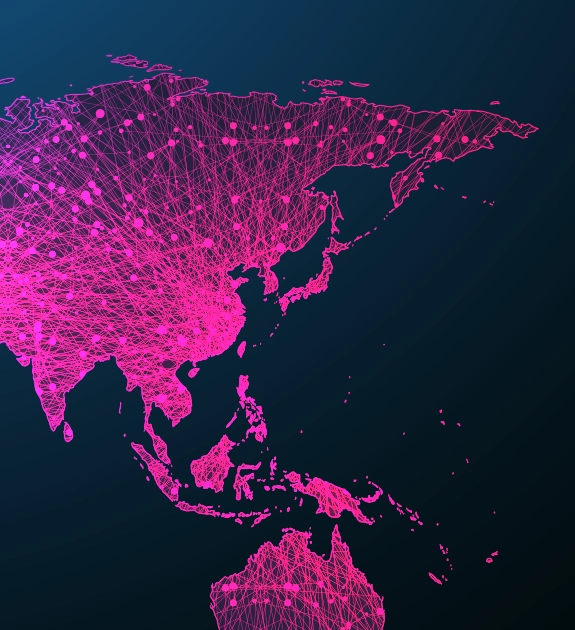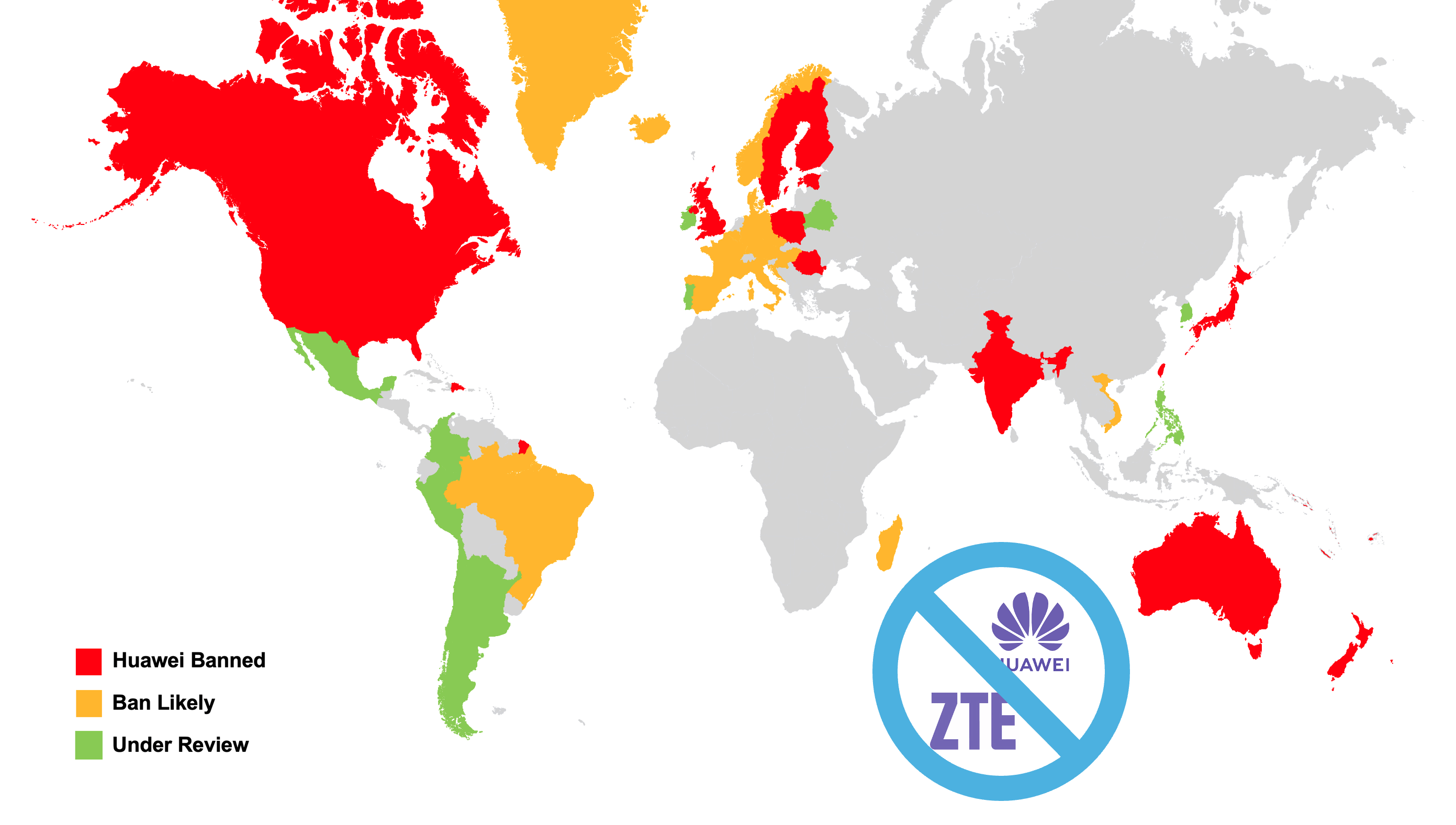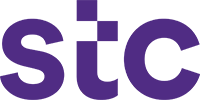“Rip and Replace” programs underway in countries representing more than half of the world’s GDP
As broadband emerges as an essential service for consumers and businesses alike and communications networks touch virtually every aspect of business and personal lives, it is not surprising that nations have begun to look closely at the exposure these networks have to foreign interests.
Concerns over the predominance of Chinese equipment in communications networks and the close relationship between the Chinese government with these vendors has resulted in formal actions being taken by many nations to discourage or replace Chinese equipment among carriers in their respective countries.

Today, more than a dozen countries representing more than half of the world’s Gross Domestic Product (GDP) have banned at least one Chinese vendor (predominantly Huawei) from being further deployed in their networks.
In some cases, in particular the US and UK, reimbursement programs worth billions of dollars have been established to “rip and replace” Chinese vendor equipment from service providers who have historically deployed them in their networks.
As of today, the following countries have banned Chinese vendor equipment from being deployed:
- Australia
- Canada
- Dominican Republic
- Estonia
- Finland
- India
- Japan
- New Zealand
- Poland
- Romania
- Suriname
- Sweden
- Taiwan
- United Kingdom
- United States
Many other nations across the European Union (EU) and parts of South America, Africa and Asia are either likely to ban these vendors or currently reviewing their positions.
Countries worldwide are actively banning or reviewing their future deployment of Chinese vendor equipment
The US government has led by example in driving the Secure and Trusted Communications Networks Acts (STCNA) and allocating $1.9 Billion to date to “rip and replace” Chinese telecommunications equipment from US service provider networks.
The US has also been influencing its allies to join in this endeavor, and sharing documented evidence of the reported threats. The UK has also earmarked billions of dollars for Chinese telecommunications equipment replacement.
Below is a map outlining the status of many:

Numerous Zhone customers have been executing a “Cap and Grow” strategy for Chinese vendors
Zhone has been a leader in enabling service providers to “cap and grow” their existing Chinese vendors. As a vendor committed to global standards and open networks, all Zhone equipment adheres to industry protocols and standards for interoperability. In addition, Zhone has engineered equipment and software specifically for interoperability with Chinese vendor equipment (Huawei, ZTE, etc.), meaning it can “snap” into existing networks where this banned equipment is deployed.
Often, service providers choose a phased approach, where optical line terminals (OLTs) or optical network terminals (ONTs) are replaced independently of one another in a staged approach. Zhone has worked with its customers to enable full co-existence of Zhone solutions with the incumbent Chinese vendor.
Zhone Xtreme leading-edge orchestration and automation software solutions also play a role in gracefully managing the multi-vendor environment as well as vendor transition.
Below is sample listing of companies Zhone has worked with to cap and replace Chinese vendor equipment.






Bharti Airtel Leverages DZS to Shift Away from Huawei
Even before India left Chinese vendors out of its 5G trials in May 2021, the world’s second most populous country was already looking to move away from companies with close documented ties to the Chinese government.
Zhone, with a long history of closely adhering to global standards for interoperability and a track record of software engineering that complements multi-vendor environments, was a natural partner for Bharti Airtel as they sought to move away from Huawei as both an OLT and ONT end-to-end vendor.
Since trials in 2021 and implementation in 2022, Zhone replaced hundreds of thousands units of Huawei equipment with Zhone ONTs and gateways while not forcing Airtel to change their provisioning or other operational processes.
Zhone Velocity V6 is a 6U OLT form factor that matches the exact physical footprint and density of typical Huawei OLT units. This allows for simple replacement with minimal operational interruption.


